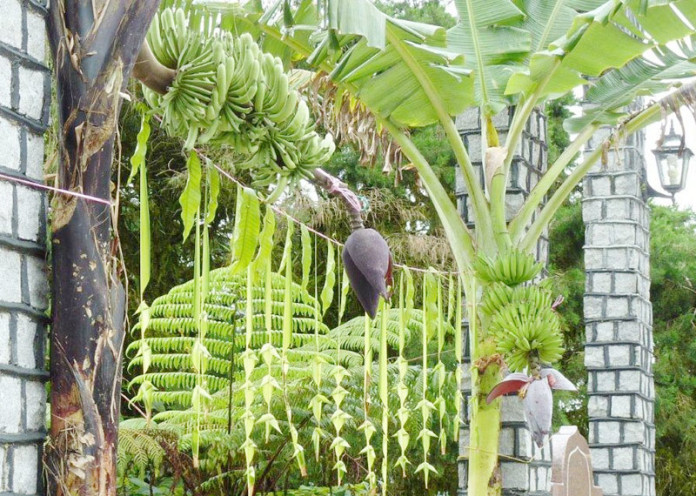Affiliate Disclaimer
Some links in this article are affiliate links. We may earn a small commission if you make a purchase through these links, at no extra cost to you. We only recommend products we find useful to our readersThe common practice in India for any occasion is to decorate the main doors of house, temples or any other areas where rituals are being performed with the garland of mango leaves. These mango leaves are considered to be sacred in Hinduism. Five leaves of this tree in a pot (Kalash), smeared with haldi and sindhur is a custom site, in any Hindu religious ceremony.
This auspicious mango leaves are embodied with many Goddesses and Gods. The significance of tying a garland of mango leaves, relates to Lord Ganesha and Lord Murugan, the two sons of Goddess Parvati and Lord Siva, who were fond of mangoes.
It’s just the tradition, and people follow it, no one is bothered to know the reason behind hanging a garland of mango leaves at the entrance. Yes, it’s a ritual for sure, but also it has many scientific reasons behind hanging mango leaves at the entrance, which present generation should know and not hang plastic garland of mango leaves. So, know why our ancestors have made this as a tradition!
Reasons behind Hanging Leaves on the Door
1Customs
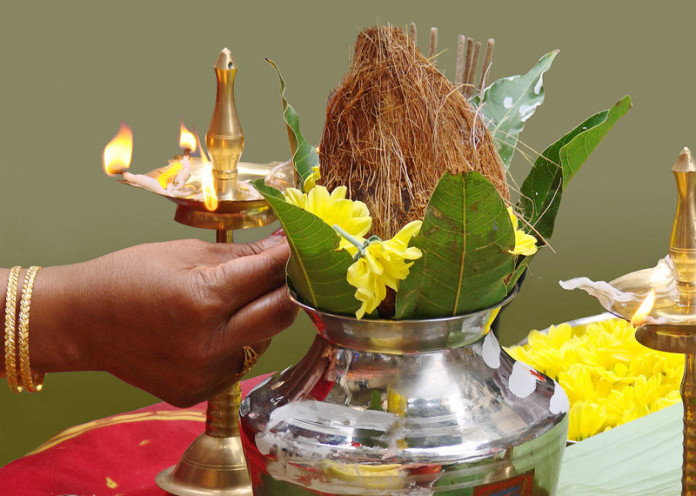
Mango Leaves are believed to be the most sacred among all. It is also believed that, mango leaves in bunches absorbs the negative energy from entering home. It is to eliminate negative effects, from the place where the celebrations are held. Mango leaves have antibacterial activity against positive bacteria. So, it is said that tying a garland of leaves at entrance stops the evil spirits.
2Hanging of Mango Leaves
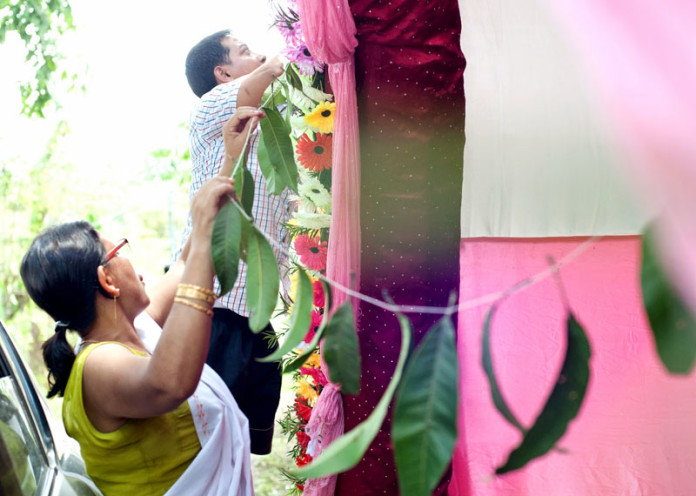
The garland of mango leaves is just not hung during the time of festivals and special occasions, but also in normal days and is considered as a blessing to the house. One could never miss the site of mango leaves hanging at the entrances in a wedding house, which makes sure that, the couple blessed with children. Also, at the entrance of houses that are newly built signifies good fortune to the house and its occupancies.
In South Asia’s diverse communities, mangoes are represented in religious themes. There are legends, who state that Lord Siva in the phallic form (Linga) took place under a mango tree. The Bhuddist myths tell a lot about the significance of mango tree and leaves. The elements of mango leaves, often appears in Buddhist art.
3Stories in the Jataka Tales
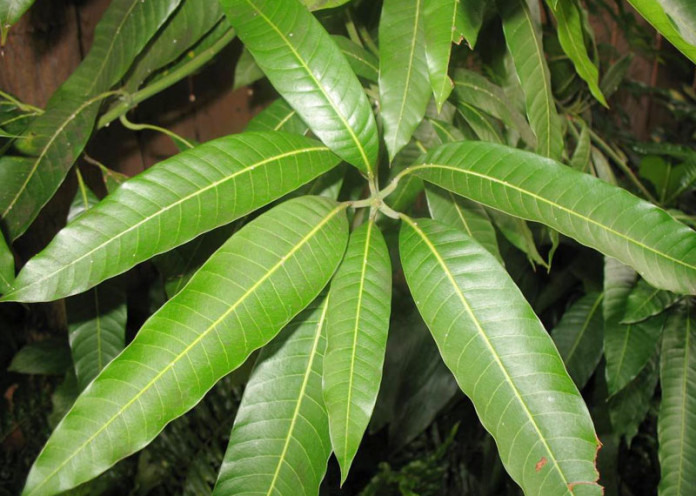
Jataka tales, talk about the great miracle of Sravasti, which took place while Buddha was enlighted people, by astonishingly reproducing himself, in front of a mango tree in various forms. The religious significance behind hanging the garland of mango leaves is a sign of auspiciousness and the symbol of fertility. It also, represents Goddess Mahalakshmi, who will prevent negative energy from entering the house and protect the house from evil spirit.
4Scientific Reason
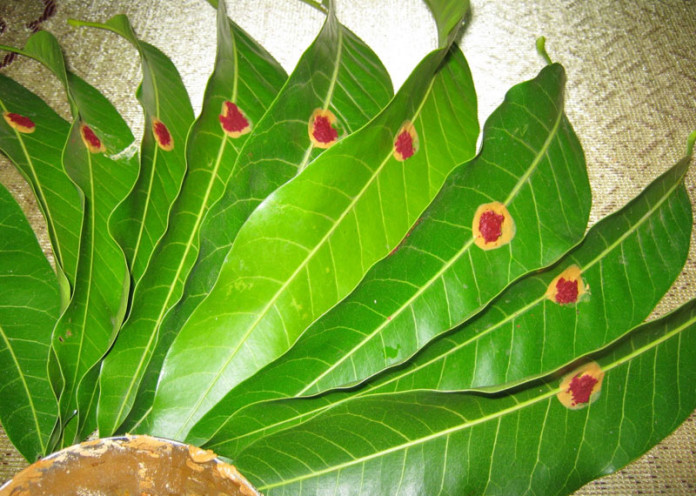
The garland is preferably made of fresh, green mango leaves for their beauty and pleasing appearance. As we know green leaves absorb carbon dioxide and release oxygen, so it helps in keeping the atmosphere clean and promotes health and hygiene. Apparently, air filled with carbon dioxide is purified when passed through green leaves. Also, the insects get attracted to garland, leaving the occupants of that area.
The color green is also refreshing and relaxing to the mind. People who have an extremely stressful life find it soothing to spend time in nature. It lets the brain rest, refills the attention power and reduces the levels of anxiety. So hanging a garland of leaves at the entrance can be a way of soothing and unwinding the stress.
-Nikisha Uddagiri






























